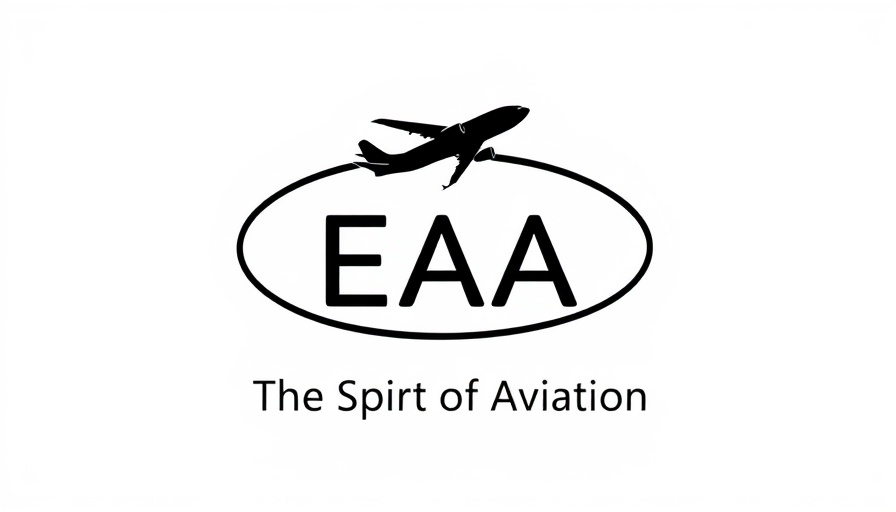
A Spotlight on Aviation's Heart: Volunteer Anita Heinzelman
The thrill of flight often brings with it a sense of adventure, but for Anita Heinzelman, it also brings a profound sense of community. As a tour coordinator for the EAA (Experimental Aircraft Association), she isn’t just part of a flight experience; she is a vital piece of the intricate web that connects aviation enthusiasts across generations. Her story is a reminder of the emotional ties that link us through the love of flying.
The Joy of Sharing the Skies
Since retiring in 2013, Anita has found her passion invigorated by her volunteer work at the EAA Aviation Museum and Pioneer Airport. "It was a cool volunteer job, and I was thrilled to do it," Anita recalls. It’s this genuine enthusiasm that resonates with visitors of all ages as they engage in the history of aviation. Whether they’re young children riding in a biplane for the first time or nostalgic adults recalling adventures from decades past, Anita’s work helps to ignite a spark in those she meets.
Bringing Joy Through Unique Experiences
One of the most memorable experiences for Anita was coordinating a special flight for a young 10-year-old boy's birthday party. "Some of these kids had never flown before, and it was the best birthday party they could have imagined," she says with a smile. Such dedication to crafting unforgettable moments encapsulates Anita’s efforts, showcasing how volunteer work can create lasting memories that kids cherish forever.
A Gathering of Stories
Perhaps what truly stands out in Anita's account are the rich stories shared between volunteers and guests alike. Meeting pilots who once used the Ford Tri-Motor on firefighting missions or greeting an 82-year-old woman who brought the original ticket from her 2-year-old self's flight further illustrates the magic of aviation across generations. Each face carries a unique story, and it’s these narratives that invigorate the community, underscoring the importance of preserving aviation history.
The Power of Community in Aviation
Anita reflects on the camaraderie found within the EAA community. “It’s just been fantastic,” she notes, attesting to the connections made through shared experiences and passions. Volunteers bring life to AirVenture Oshkosh and every other EAA-oriented event, creating an environment of friendship and shared enthusiasm for flying.
Inspiring the Next Generation
The impact of Anita’s work extends beyond the immediate joy of those she serves; it inspires the next generation of aviators. By connecting with young individuals through flight experiences, she showcases the possibilities that aviation can offer. Inspired young pilots often look up to volunteers like Anita, and through her storytelling, she fuels their aspirations, making them feel included in the fascinating world of aviation.
The Call to Action: Becoming a Volunteer
Through her volunteer work, Anita exemplifies that efforts to sustain and share the love of aviation are endless. If you’re inspired by her story, consider joining the ranks of those who work hard to preserve aviation history and inspire others. The EAA is always looking for passionate volunteers. Whether helping out at events or contributing in museums, your efforts can make a significant difference. Remember, the next time you see a volunteer, take a moment to thank them for their dedication — they are the heartbeat of the aviation community!
 Add Row
Add Row  Add
Add 




Write A Comment